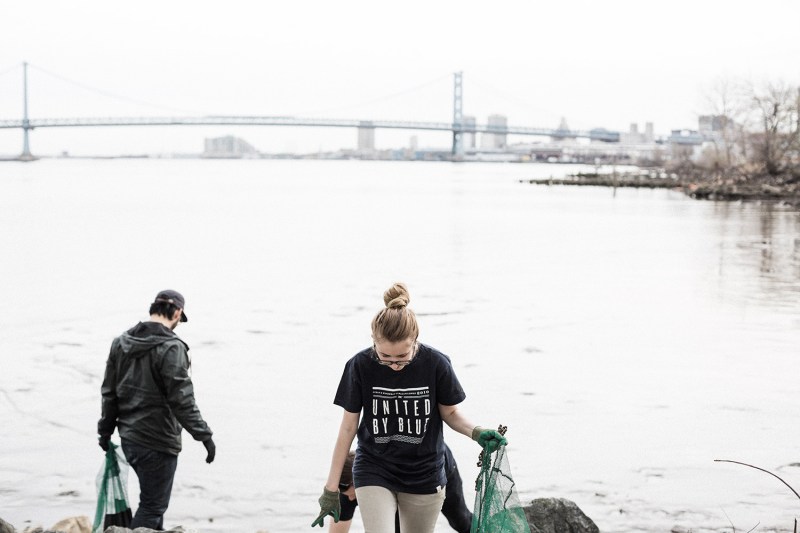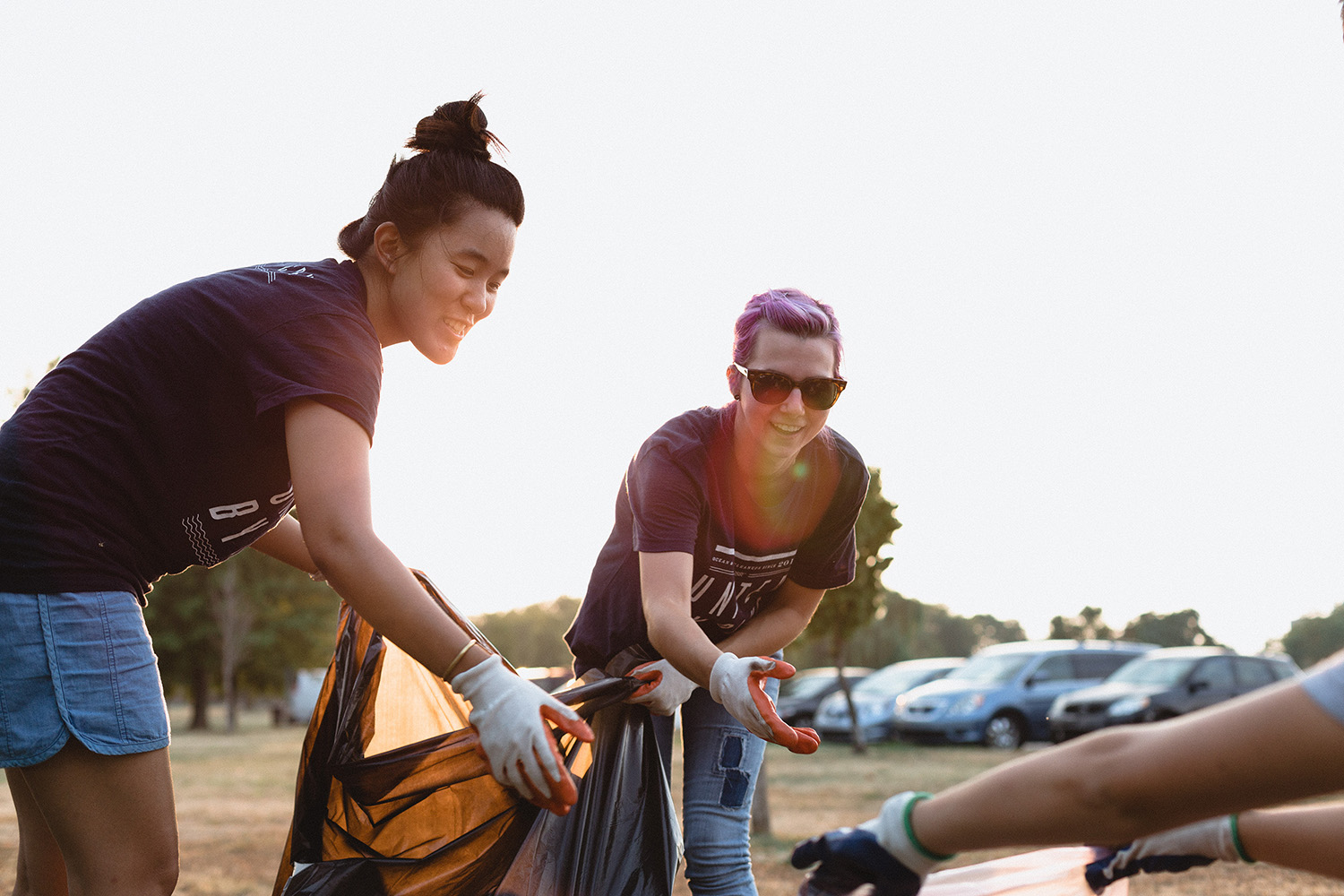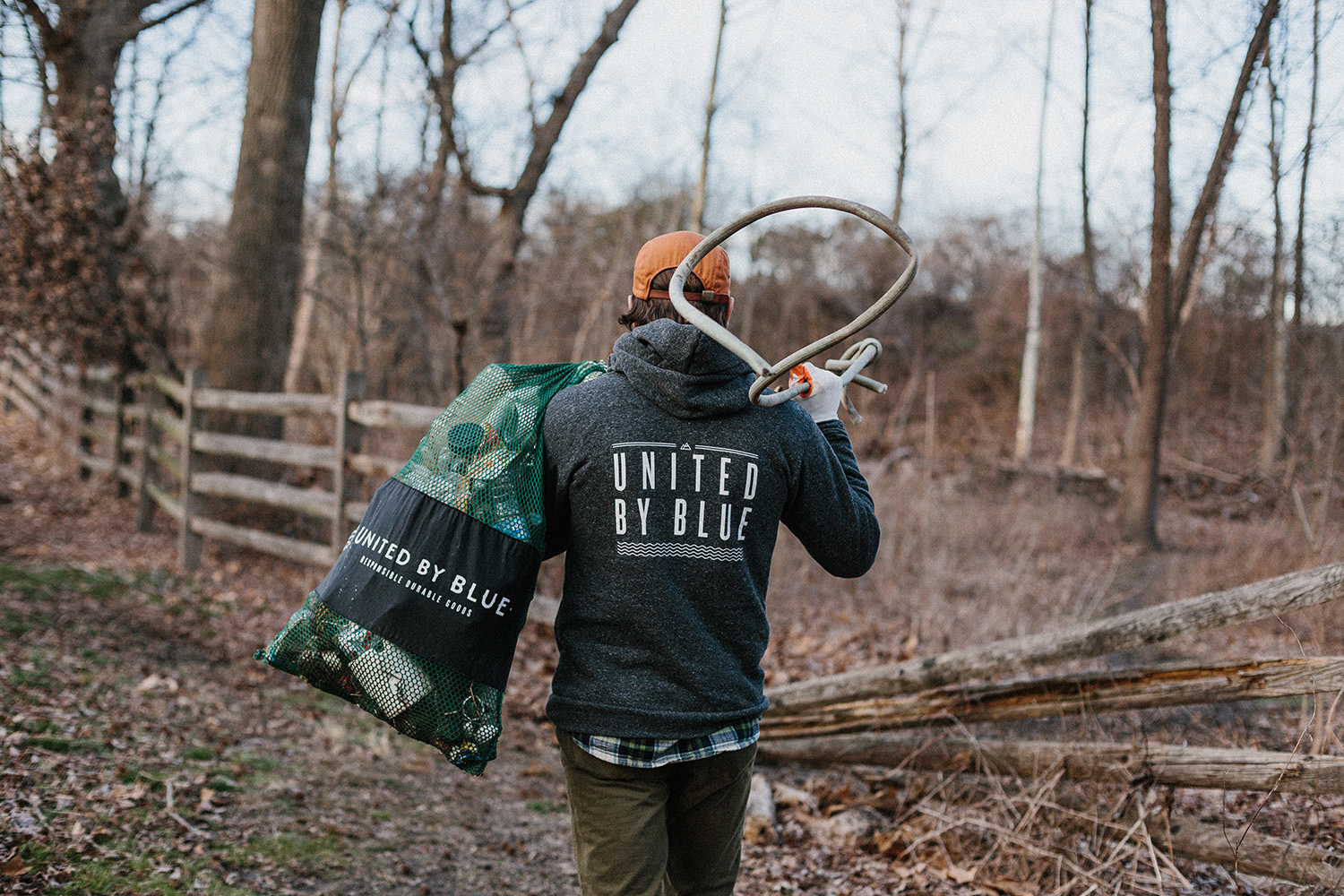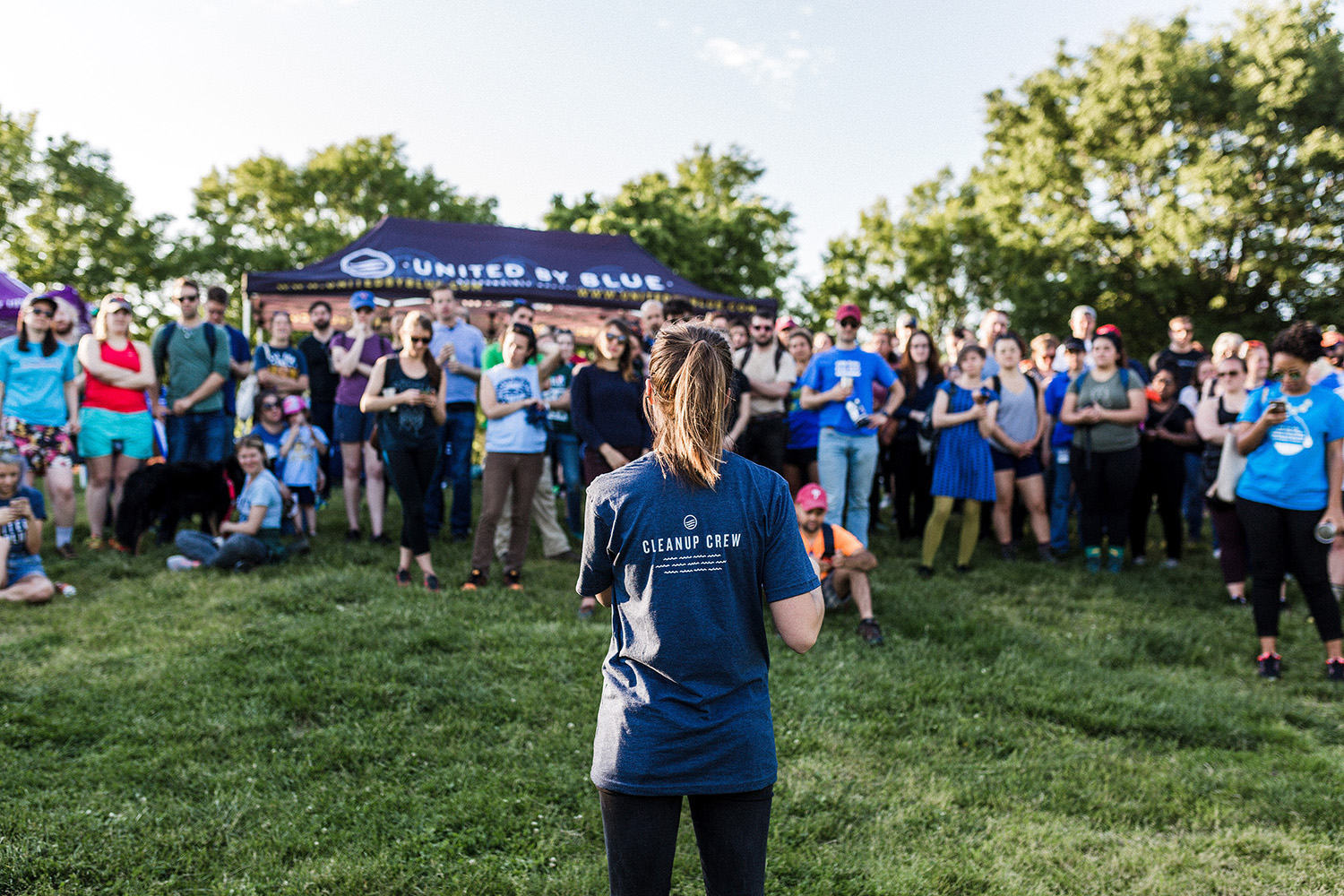
What do bourbon and bison-fiber jackets have in common? Water.
One of our favorite premium bourbons, Maker’s Mark, recently set a new sustainability goal with outdoor apparel brand United By Blue to remove 75,000 pounds of trash from oceans and waterways.
That is, 75,000 pounds in 2019 alone. They have eight months to do it and need boozers’ help.
This effort is a part of Maker’s Mark #CocktailsForCleanups initiative and invites fans of either brand (or people who care about water … so, everyone) to get involved. Anyone can sign up to participate in a cleanup within their local community by registering here. This cleanup “tour” will hit 11 cities nationwide including Jackson Hole, Wyoming; San Francisco, Boulder, Seattle, Houston, Chicago, and more.
If you can’t get your hands dirty in person, you can still promote the cause via your Instagram and a couple fingers of whiskey. Order or mix your favorite Maker’s Mark drink, take a photo (here are some cocktail photography tips), hashtag, and post. If you get weird looks by ordering a whiskey at lunch, just tell them you’re doing it for the environment.
https://www.instagram.com/p/Bv480YNgbff/
You can also organize your own local waterway clean-up and might get a shout-out from Maker’s Mark for it, like these guys did.
The Makers’ and UBB clean-up initiative follows in the footsteps of UBB’s overarching brand commitment to removing trash from the world’s waterways. To date, they’ve cleaned 1.5 million pounds — roughly the weight of four houses.
On top of these efforts, UBB is keen on making all its collaborations count in an environmental way. Their responsibly made bags with Issara were dedicated to social and environmental responsibility, a Danner boot collab spoke to the power of sustainably sourced leather, and a new co-made cork Chukka showed that urban adventure shoes can be eco-friendly and ultra-stylish.
“It’s partnerships like this that allow us to share the importance of limiting single-use plastics usage and encouraging sustainable consumer practices to relevant audiences,” says Mike Cangi, United By Blue co-founder and brand director.
Cangi adds, “We’ve seen that those who drink Maker’s Mark care deeply about the state of our water and we are excited to equip them accordingly.”
Locally, Maker’s Mark has made strides to preserve its naturally limestone-filtered water source at their distillery in Kentucky, which currently holds the record as the “world’s oldest operating bourbon whiskey distillery” according to Guinness World Records and is designated a National Historic Landmark.
“Water is at the heart of everything we do at Maker’s Mark, because without it, there is no Maker’s Mark Bourbon,” says Rob Samuels, Maker’s Mark chief distillery officer, “but we also realize that our responsibility to the planet extends beyond our own grounds.
Ocean Conservancy’s Trash Free Seas Alliance estimates that 8 million metric tons of plastic enter the ocean each year. That comprises everything from cigarettes, caps, lids, and food containers to wrappers, plastic bags, and plastic bottles.
If you need a reminder of the ecological effects of trash in waterways, it can be ingested by or entangle animals, killing birds, turtles, and other marine life, and its toxins and chemicals can be absorbed from trash into animals eaten by humans.
If whiskey and cool outdoor apparel don’t inspire you to clean up trash, you need to drink and get outside more.





